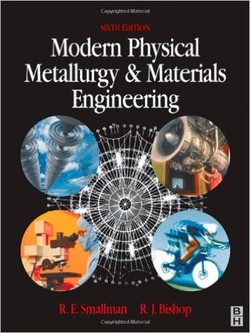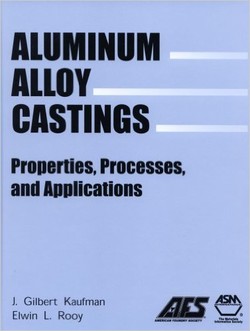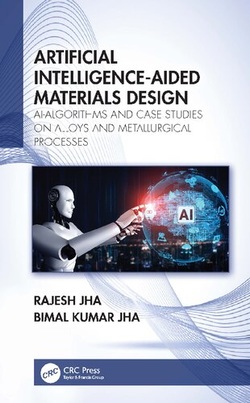اصول متالورژی آلومینیوم؛ تولید، فرآوری و کاربردها

آلومینیوم با توجه به خواص چندمنظوره و کاربردهای بسیارش، هم در فرآوری فلز و هم آلیاژهای آن در صنایع مختلف، یک فلز مهم در تولید میباشد. “اصول متالورژی آلومینیوم” مروری جامع بر تولید، خواص و فرآوری آلومینیوم دارد و کاربردهای آن در صنایع تولیدی را فراهم میکند. بخش اول روشهای مختلف تولید و ریختهگری آلومینیوم، پوشش سطوح مانند ریختهگری آلیاژها، مسائل کیفیت و روشهای تولید خاص مانند ریختهگری با فشار بالا را مورد بحث قرار میدهد. در بخش دوم خواص متالورژیکی آلومینیوم و آلیاژهای آن بررسی میشود. همراه با فصلهایی درمورد موضوعاتی مانند سخت شدن، فرآیندهای تهنشینی و قسمتبندی و دستهبندی املاح و همچنین ویژگیهایی مانند مقاومت شکست. درنهایت، بخش سه شامل فصلهایی درمورد اتصالات، شکلدهی با لیزر و روشهای دیگر فرآوری آلومینیوم و کاربردهای آن در بخشهای خاص صنعت مانند هوافضا میباشد. این کتاب همراه با ویرایشگرها و تیم مشارکتکننده متخصص خود، یک مرجع استاندارد برای پژوهشگران متالورژی و همچنین تمام کسانی که در تولید و استفاده از محصولات آلومینیوم کار میکنند، میباشد.
سال انتشار: 2010 | 854 صفحه | حجم فایل: 25 مگابایت | زبان: انگلیسی
Fundamentals of Aluminium Metallurgy: Production, Processing and Applications
نویسنده
Roger Lumley
ناشر
Woodhead Publishing
ISBN10:
1845696549
ISBN13:
9781845696542
قیمت: 16000 تومان
برچسبها: Aluminium is an important metal in manufacturing, due to its versatile properties and the many applications of both the processed metal and its alloys in different industries. Fundamentals of aluminium metallurgy provides a comprehensive overview of the production, properties and processing of aluminium, and its applications in manufacturing industries.Part one discusses different methods of producing and casting aluminium, covering areas such as casting of alloys, quality issues and specific production methods such as high-pressure diecasting. The metallurgical properties of aluminium and its alloys are reviewed in Part two, with chapters on such topics as hardening, precipitation processes and solute partitioning and clustering, as well as properties such as fracture resistance. Finally, Part three includes chapters on joining, laser sintering and other methods of processing aluminium, and its applications in particular areas of industry such as aerospace.With its distinguished editor and team of expert contributors, Fundamentals of aluminium metallurgy is a standard reference for researchers in metallurgy, as well as all those involved in the manufacture and use of aluminium products.
Provides a comprehensive overview of the production, properties and processing of aluminium, and its applications in manufacturing industries
Considers many issues of central importance in aluminium production and utilization considering quality issues and design for fatigue growth resistance
Metallurgical properties of aluminium and its alloys are further explored with particular reference to work hardening and applications of industrial alloys










































